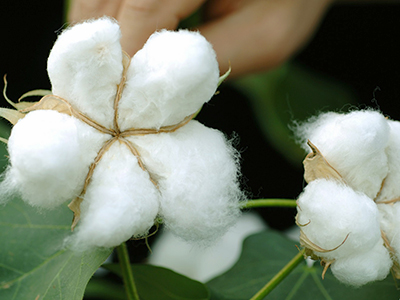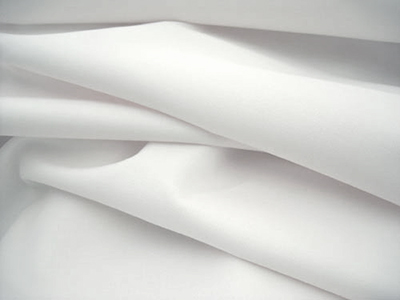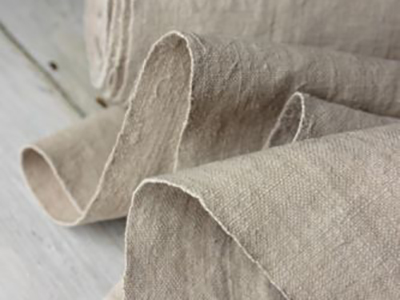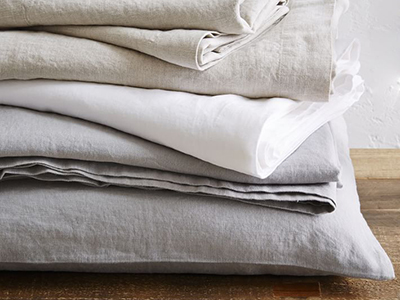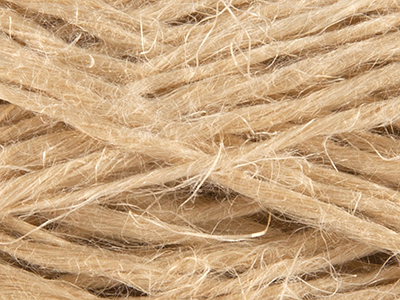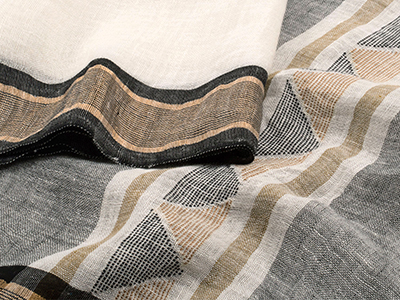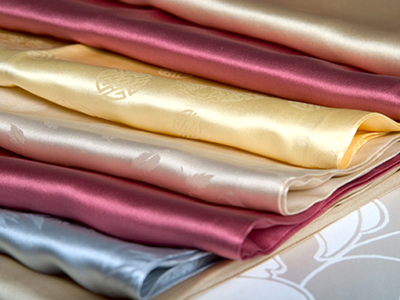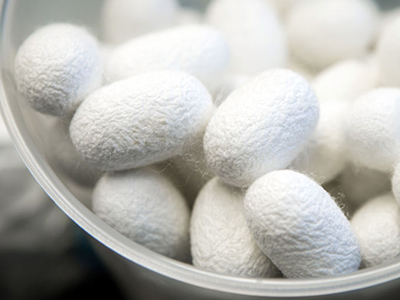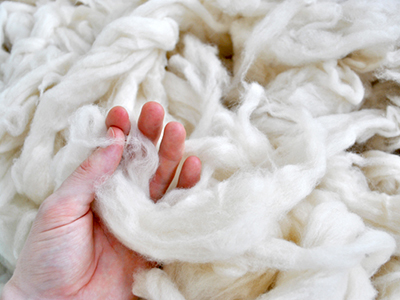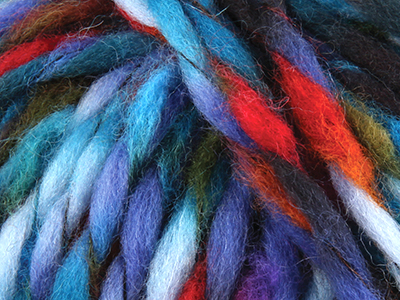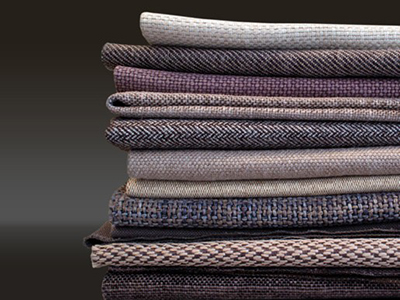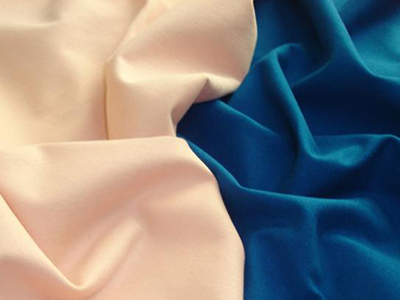COTTON
Cotton is great because it is comfortable, breathable and easy to clean, even though it wrinkles quite easily. It is truly versatile and can be produced in any kind. Usually cotton products are well washed at 30-40 degrees and the majority of them are ironed with hot iron. There are, however, a few specific tips for these garments – washing up to about 40 degrees. It’s always better to dry damp shirts on hangers, where you should keep them anyway. Ironing should also be done before the garment is completely dry. Centrifuging as well as tumble drying is not recommended. Shrinking is also not crucial and in most cases it is a result of not knowing the fabric and improper washing and drying. Cotton SHALL NOT SHRINK when washed in lukewarm water, removed from the rack and ironed with a steam iron while still slightly damp. So ironing itself is greatly facilitated and the remaining moisture from the garment evaporates in minutes.
LINEN
One of the most popular fabrics in the warm months is linen. This is fabric that has been honored for thousands of years. The natural fibers the linen is made from make it stronger and thicker even than cotton. Quite often linen dyes are mixed with other materials, which affects the care these clothes require. If you wash in a washing machine, use the most delicate program as the temperature should be up to 40 degrees. Do not wash a lot of clothes at once with your linen clothes, because linen garments should move freely, otherwise you risk twisting and deforming the garment. Half-load programs and pre-wash cycles can reduce creasing. Do not forget to pay attention to the clothes you will wash along with your linen – mind fabrics and colors. When drying, stretch your linen garment as much as possible, and keep in mind that clothes-pins can deform the fabric, so be careful. We all know how easy it is to crease and how difficult it is to iron linen. Here are some useful tips on how to make linen ironing easy:
Tip 1
Set the iron at the highest temperature.
Tip 2
The best way to iron is with the clothes being inside out – linen garments are no exception. This is how you prevent the colors from fading.
Tip 3
The next step is to spray the garment with water, as we have already noted, linen clothes should be ironed while wet. This makes ironing and stubborn creases removal easier. In this way coping, even with stubborn creases, is easier.
Tip 4
Use steam to facilitate the ironing. If you iron shirt, start from the collar and continue with the pockets and the sleeves by slightly pressing the iron. Follow the lines and the stitches of the garment.
Tip 5
When you finish with the ironing, leave the garment on the ironing board for at least 5 more minutes, otherwise, you risk to quickly wrinkle it.
Tip 6
Use padded hangers for your linen clothes to protect against creasing and deformation.
SILK
Silk qualities are indisputable – the silk thread is as strong as a steel thread of the same size. Silk has an exquisite pearl shine. It is due to the multi-layered prism structure of the fiber that distracts light. Amino acids in silk composition are gentle to the skin. It is believed that silk protects against various skin diseases. Silk powder is used in the production of some cosmetic products. Amino acids and small cavities in the silk thread absorb and deliver a significant amount of moisture, so silk clothes keep you dry and cool during the hot days. Silk does not burn easily and no poisonous gases are released when burned. Silk absorbs ultraviolet rays and protects the skin. Since it contains both positive and negative ions and absorbs moisture, silk does not create static electricity easily, unlike some other fabrics, and is therefore not easily electrified.
How to Care for the Queen of Fabrics? It is best to dry clean silk clothes. If you wash them at home, use a mild detergent and cool water (about 30°C). Be careful, do not rub or squeeze the fabric. Finally, let it dry without using a dryer. Iron with a piece of cloth on top. Try to follow the direction of the fibers at a temperature of about 130°C. Use very little steam or no steam at all. Avoid moisture and direct sunlight. Take actions against moths. Use a foamed hanger or place on a flat surface with as few folds as possible. If stained – place the silk garment with the face down on a piece of dry cloth. Do not rub, but use tapping movements and a damp cloth to treat the stain on the back side of the fabric. Then, dry clean, for best results.
WOOL
Wool is a very gentle fabric that needs special care. Otherwise, it gradually fades, forms beads and deforms. So follow our tips for proper washing, drying and storing, and you’ll enjoy its fluffy beauty for long period of time. Wool suffers from frequent washing – woolen clothes are difficult to smudge, so do not wash them if not needed. If you are trying to get rid of unpleasant smell, just take them out on the balcony to vent. You will be surprised that there will be no trace of smell left. Do not soak before washing – the fabric stretches and deforms when soaked. Moreover, such a procedure is not really needed – as we have said, wool does not take dirt and odors in depth. So just wash the garment. It is enough to wash it at a temperature of 30-40 degrees, and then rinse it with cold water to avoid shrinking. In practice, this means that if you use a washing machine, you have to put the thermostat at the minimum, and if you hand wash it – use cool water only. You have to be gentle with the wool – no squeezing and pulling. When wet, it is very easily deformed and it is irreparable. So rub it slightly and in no case, squeeze while rinsing. You can use a centrifuge, but only at the lowest rpm. The wool takes a lot of water and if you hang it on a rope, it will stretch out due to its weight. So leave it to dry on a flat surface. When putting it back in the closet, make sure it’s completely dry. Folding it, even slightly damp, will cause it to wrinkle irreparably. If you are trying to dry woolen clothes in a bathroom, it will not only take a longer time, but the fabric will also get an unpleasant smell from being left for a long time in a moist environment. Leaving woolen garments on hangers for long time will cause them to stretch, so keep them folded up on shelves. To protect them from moths, keep a pack of lavender or dried orange peels in the wardrobe.
LYOCELL
Lyocell is a third generation variety of the viscose. Its advantages are the environmentally friendly processing, extreme softness, wrinkle-free, easy to maintain, washable and anti-bacterial. The Lyocell production process is in fact very close to a closed production cycle where no bleaching is required, which is typical for textile production. Therefore, the high quality lyocell products do not contain free chlorine and are sold as the so-called “TCF products”. The European Union has awarded this process with the “Environment 2000″ award in the “Technology for Sustainable Development” category. Lyocell is less prone to wrinkles and does not penetrate. It is made of longer fibers, giving the fabric a smooth silky look. These fabrics give an elegant look to each garment. Thanks to its nanotechnological manufacturing process, the lyocell has excellent properties for absorbing moisture from the body and releasing it into the atmosphere, providing ideal body comfort. Wash at 30 degrees or dry clean.

